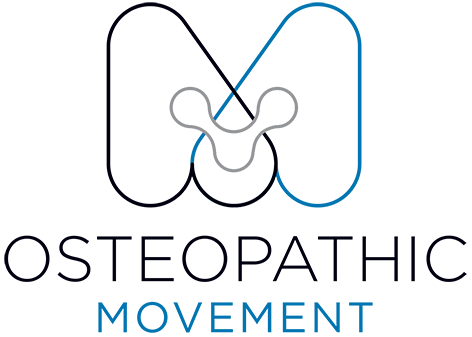Got Upper Shoulder or Lower Back Tightness & Pain?
“Postural Tightness” and “Compensations” Explained
Have you ever been told that your shoulder tension or lower back pain is “postural” or “compensatory”? These terms are common in musculoskeletal therapy — but what do they actually mean?
As osteopaths, we often use these phrases to describe how your body adapts to maintain balance. Understanding them helps you see why you might feel tightness or discomfort in certain areas and what can be done to relieve it.
What Is Postural Tightness?
Your body relies on a balance of tension from front to back and side to side to keep you upright and moving efficiently.
Think of your body like a suspension bridge — the cables on each side must maintain equal tension. If one side becomes shorter or tighter, the bridge (or your body) would lean toward that side.
Over time, poor posture, repetitive movements, and sustained positions — like long hours sitting at a desk — can shift this balance. The muscles at the front of your body begin to shorten, while those at the back are forced to work harder to keep you upright.
This creates a state of postural imbalance that leads to what we call postural tightness.
What Are Compensations?
When one group of muscles becomes short and inactive, another group must compensate by contracting more than it should. These compensating muscles are doing their best to stabilise your body, but because they’re working harder for longer, they fatigue and become sore.
A classic example is sitting for long periods:
The hip flexors shorten while you sit.
The abdominal and chest muscles tighten as you slouch.
The shoulders roll forward and the neck protrudes, shortening the front of the neck.
Meanwhile, the muscles of your back, shoulders, and neck must work overtime to prevent you from collapsing forward.
You don’t notice these compensations consciously, but they’re constantly active in the background — until they eventually fatigue and cause discomfort.
That’s why you often feel tightness in your upper back, neck, or lower back rather than in the short, inactive muscles at the front of your body.
Why Do the Back Muscles Feel Tight, Not the Front?
The muscles at the back of your body are often actively contracting to hold you upright — like holding a light object out in front of you. It’s easy at first, but after a while, fatigue sets in.
In contrast, the muscles at the front are passively shortened — they aren’t working hard, just resting in a tight position. This is why the discomfort usually presents in the active, compensating muscles at the back rather than the inactive, shortened ones at the front.
Muscles aren’t designed to hold constant contraction. They’re meant to contract and relax, to shorten and lengthen. When forced into a static, contracted state all day, they eventually become sore, stiff, and inflamed.
How Osteopathy Can Help
Your osteopath can help by addressing both the symptoms and the underlying cause of postural tightness. Treatment focuses on:
Releasing compensatory muscle tension to relieve pain and stiffness
Lengthening shortened anterior muscles (such as hip flexors and chest muscles)
Restoring postural balance front-to-back and side-to-side
Improving load distribution so no area bears too much stress
Treatment may include hands-on techniques such as:
Soft tissue massage and stretching
Joint mobilisation and articulation
Postural and ergonomic education
Targeted stretching and strengthening exercises
Your osteopath will also provide advice on desk setup, movement habits, and exercises to help you maintain good posture and prevent future strain.
The Takeaway
Postural tightness and compensations are your body’s way of maintaining balance — but over time, these adaptations can create discomfort and dysfunction.
By restoring symmetry, retraining movement, and improving strength in key areas, osteopathic treatment can help you move more freely and feel more comfortable throughout your day.
Book Your Appointment
If you’d like to have your posture assessed and identify the factors contributing to muscle tightness or imbalance, our experienced osteopaths can help.
• Get to know our South Yarra osteopaths
• Explore our facilities at Osteopathic Movement
• Book your appointment online
Written by Dr Dayne Sweres (B.AppSci (CompMed), M.Osteo) – Founder, Osteopathic Movement, South Yarra.
